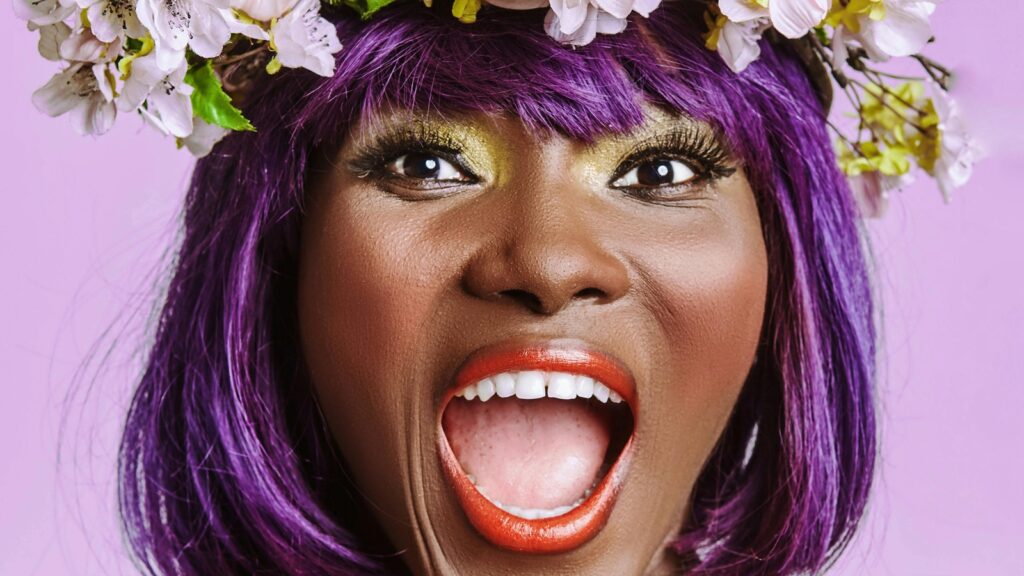From soft pastels to vibrant rainbows, experimenting with bold hair colours has become a popular form of self-expression. However, achieving those striking, multi-toned looks often involves repeated bleaching and dyeing – a combination that can take a serious toll on hair health. Over time, excessive chemical treatments can weaken hair follicles, leaving strands dry, brittle, and prone to breakage or loss.
Dr Abhishek Pilani, a dermatologist, hair transplant and restoration surgeon with over a decade of experience in the field, and the founder of Assure Clinic, Mumbai, highlights the harmful effects of frequent hair dyeing and how it can lead to lasting hair damage. The hair transplant surgeon appears on an episode of The Ranveer Show, where he explains how colouring impacts hair health, the risks involved in multi-toned hair dyeing, and outlines key safety guidelines to follow.
Risks of multi-toned hair dyeing
According to Dr Pilani, multi-toned hair colouring is a complex process that often requires repeated bleaching, combined with the use of strong chemical dyes that can significantly weaken and damage the hair. He explains, “First, colour itself is damaging your hair. Now, for such multiple colours, they’ll have to go for a colouring, then bleaching to reverse it back, then again putting another color. You’re damaging hair follicles.” He strongly cautions against attempting such colouring techniques.
Does the damage persist after new hair grows out?
Dr Pilani warns that the damage develops gradually over time, with repeated dyeing. He compares the process with smoking and alcohol consumption. “You smoke one cigarette, it’s not going to damage. But if you smoke 10 cigarettes for 10 years, it’s going to surely damage.” It’s the same with hair colouring – frequent bleaching and dyeing can progressively weaken the hair follicles, ultimately leading to dry, brittle, and damaged hair, accompanied by hair loss. Dr Pilani stresses, “If you keep colouring your hair you will lose all your hair.”
Safer colouring recommendations
The hair transplant surgeon emphasises that unless you have exceptionally strong genetics that protect your hair from chemical damage, frequent colouring will eventually lead to hair loss. However, hair dyeing is a common practice, so he recommends using safer dyes that are gentler on the hair follicles. He suggests, “Try using something which is safer, doesn’t cause dermatitis. Chemicals and preservatives like formaldehyde or para-phenylenediamine – these are chemicals in the dyes which may cause dermatitis which may damage the hair follicles.”
He recommends choosing reputable hair colour brands that are free from ammonia and PPD, as these are safer for the scalp and hair. Additionally, he advises using colour-protectant shampoos, which not only help the colour last longer but also smoothen and nourish dry, damaged strands.
Note to readers: This article is for informational purposes only and not a substitute for professional medical advice. It is based on user-generated content from social media. HT.com has not independently verified the claims and does not endorse them.

